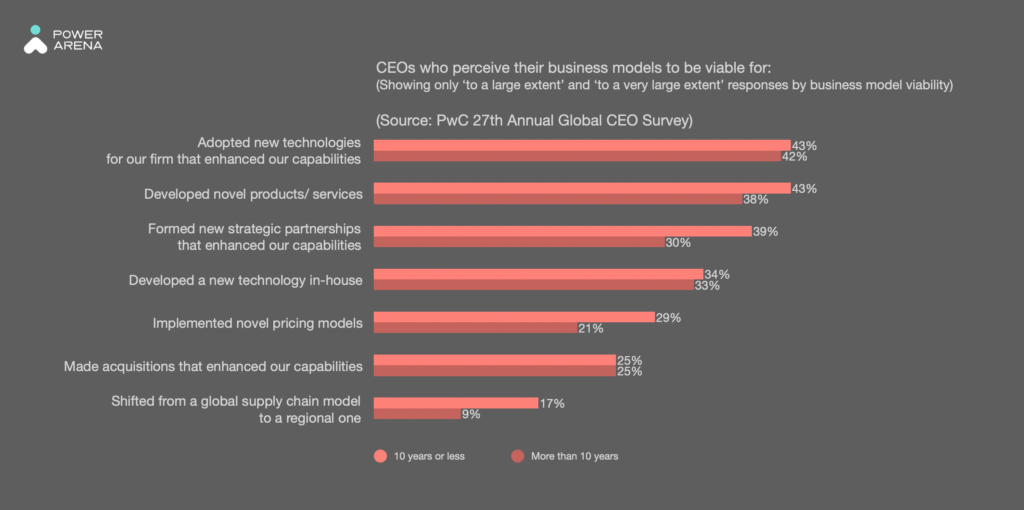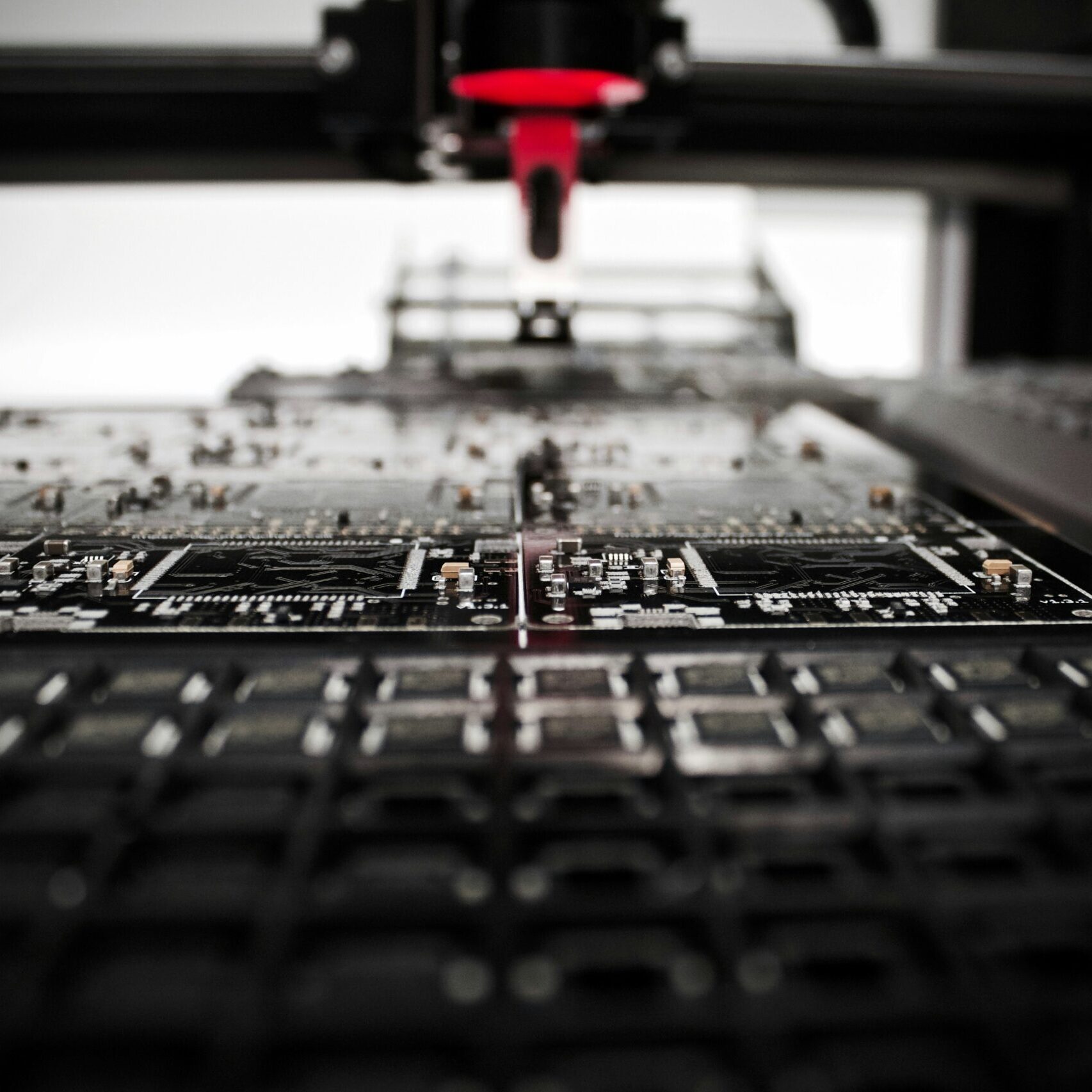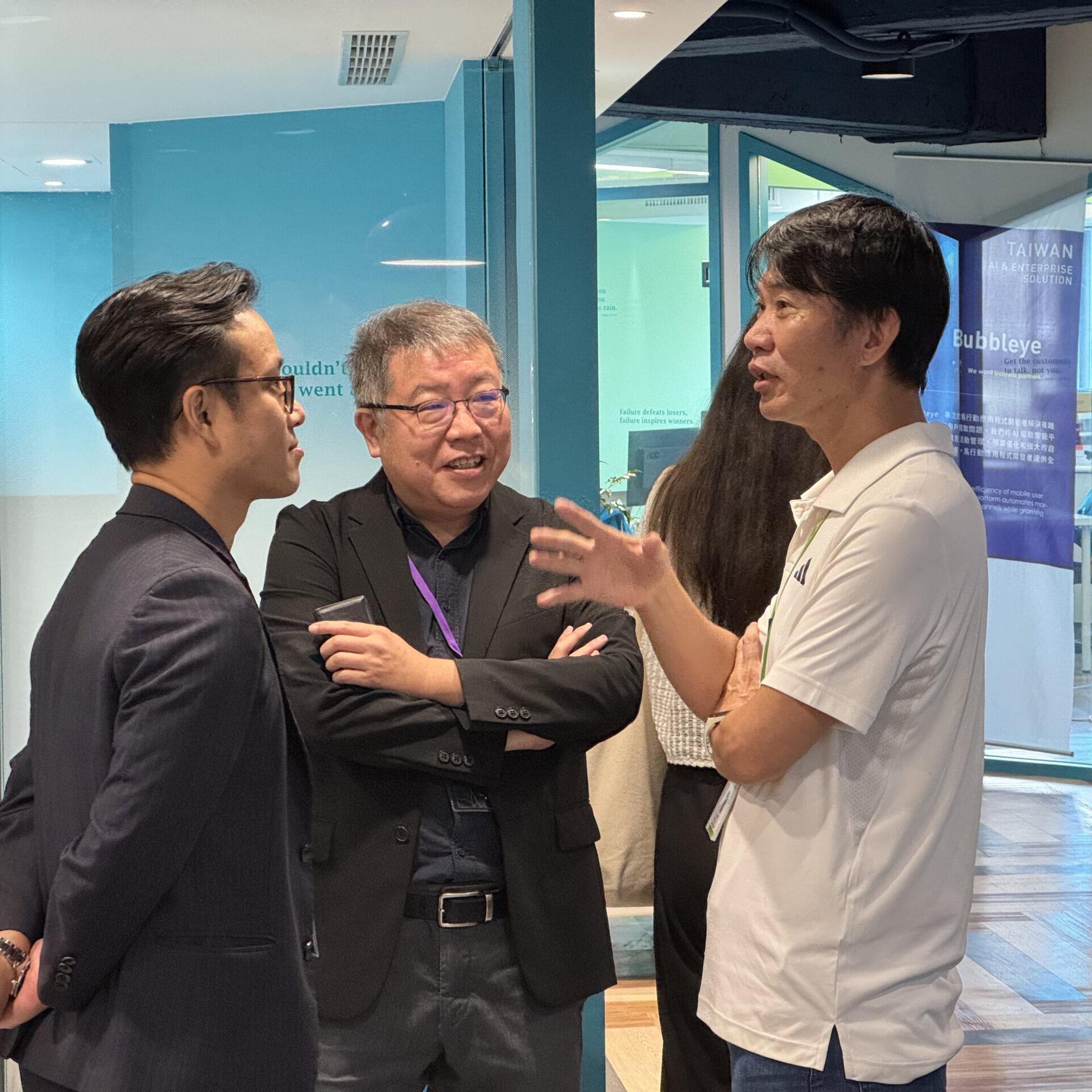What is the Popular New Term “New Quality Productive Force”?
In late 2023, during his visit to Heilongjiang, Chinese President Xi Jinping first mentioned the term “New Quality Productive Force.” This concept became a hot topic during the 2024 Two Sessions and was included as an important element in the government work report.
“New Quality Productive Force” aims to drive both economic and industrial upgrades by prioritizing innovation. This includes advancements in technology, management practices, and institutional structures, all dedicated to achieving high-quality development.
What Does New Quality Productive Force Mean for Manufacturers?
“The development of New Quality Productive Force has created new key production factors and new types of labor objects.”
For manufacturers, promoting New Quality Productive Force leads to higher production efficiency, improved product quality, and a stronger market position.
This concept is built on technologies such as digitalization, networking, and intelligence. By leveraging data as a crucial production factor and emphasizing technological innovation, New Quality Productive Force optimizes labor, materials, and processes to significantly boost overall productivity.
According to PwC’s global survey, 43% of CEOs believe that adopting new technologies will play a crucial role in generating future profits over the next decade.

The enhancement of New Quality Productive Force mainly relies on the following aspects:
-
- Technological Innovation: Emphasizes technological innovations, particularly in artificial intelligence, big data, and industrial IoT. These technologies can optimize production processes, reduce resource waste, and improve product quality and consistency.
-
- Digital Transformation: By leveraging digital technologies, manufacturers can comprehensively monitor and analyze production processes, allowing for the timely identification and resolution of issues to enhance efficiency.
-
- Efficient Management: This involves adopting innovative management models. Manufacturers can utilize lean management techniques and intelligent decision-making processes to enhance overall management efficiency and responsiveness.
How Should Manufacturers Address This New Quality Productive Force Trend?
As the development of New Quality Productive Force progresses, quality has emerged as a core competitive factor for manufacturers. Traditional manufacturing often emphasizes production efficiency and cost control. However, in this new era, high efficiency alone is no longer sufficient to maintain a competitive edge. Manufacturers must elevate quality management to a strategic level, ensuring rigorous quality control at every production stage through a comprehensive quality management system. This approach enhances their market competitiveness.
Manufacturers should actively embrace new technologies like AI, IoT, and big data analysis to enhance their quality control systems. These advancements enable the quick identification and resolution of production issues, ensuring the highest product quality.
AI Vision Assists Manufacturers in Making Quality a Competitive Advantage
“Artificial intelligence is an important engine for developing New Quality Productive Force.”
AI vision technology, with its high-precision recognition capabilities and advanced data analysis, can detect flaws and defects in real-time during the production process. It automatically screens and classifies errors, offering a comprehensive understanding of production conditions and facilitating subsequent optimization. This greatly enhances the efficiency and accuracy of quality control, reduces human inspection errors and associated costs, and provides strong support for frontline production management, thereby accelerating overall work efficiency.
Improving Product Quality
AI vision technology is revolutionizing manufacturing through real-time detection of process anomalies and quality control. Traditional production line inspections rely heavily on manual visual checks, which are often inefficient and prone to errors such as fatigue-related oversights, recording mistakes, and performance inconsistencies due to the presence of supervisors. These methods cannot accurately capture the true production conditions.
Using machine learning algorithms, AI vision technology enables precise image analysis, identifying operational behaviors and checking for missed steps, incorrect techniques, or improper tool use. For instance, on typical electronic assembly lines, AI vision can verify if an operator correctly proceeds with glue dispensing after barcode scanning. This significantly improves operational accuracy and quality control efficiency, allowing timely identification and correction of issues, thus enhancing overall product quality.
Optimizing Production Processes
In addition to quality inspection, AI vision technology is essential for optimizing production processes. Traditional process analysis typically involves industrial engineers manually collecting data with stopwatches and paper at each workstation. This method is not only time-consuming but often too slow to be effective, as the state of the production line can change by the time data collection and analysis are complete.
AI vision technology enables real-time monitoring and analysis of production data, allowing for the immediate detection of anomalies and providing timely improvement suggestions. For instance, on an automotive parts production line, AI vision systems can continuously collect and record cycle times across 12 workstations. If a cycle time is unusually long or short, the AI system alerts the manager to the anomaly. Analyzing these cycle times over the long term helps to better understand overall production efficiency and identify the primary causes of errors from the accumulated alerts, facilitating more effective optimization planning.





